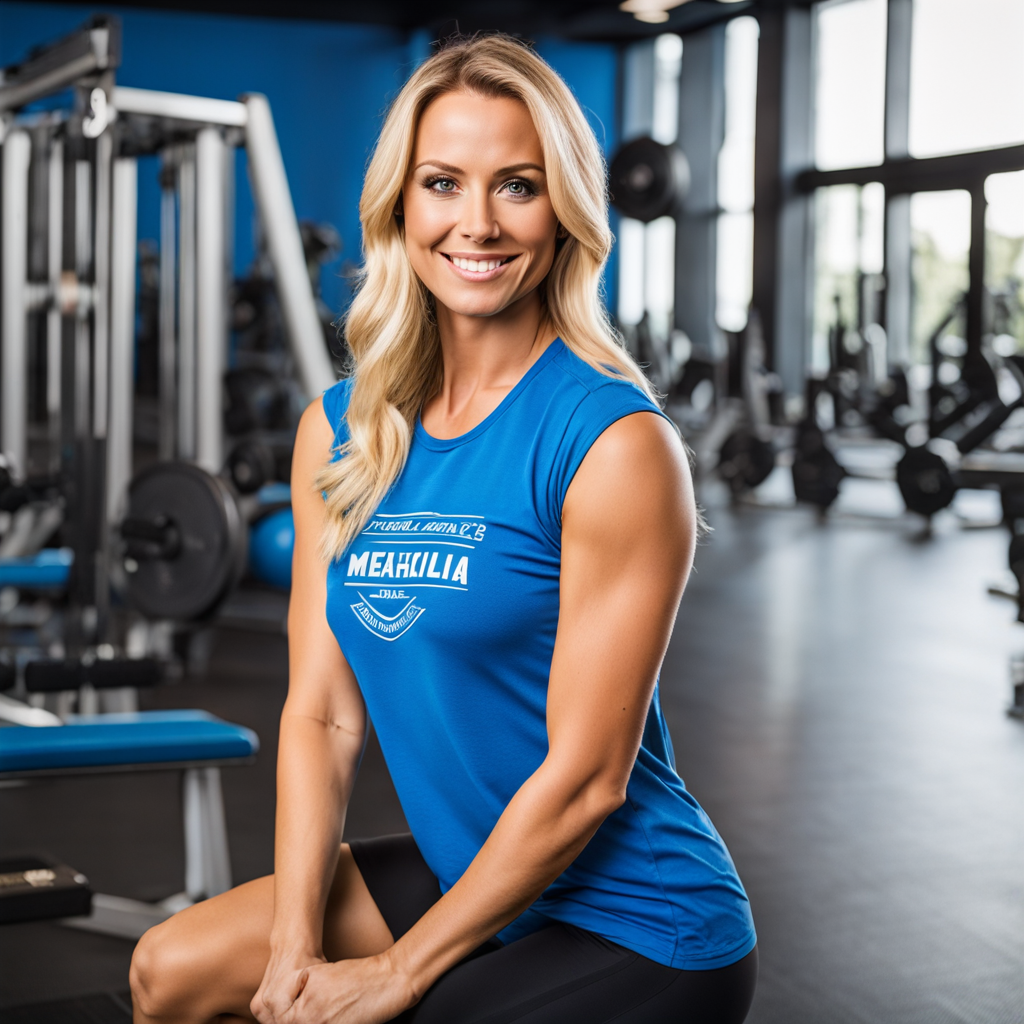Ever find those Balance of Nature commercials so captivating they make you want to toss a cantaloupe at your TV screen? They feature folks like Vince, a 30-year nutrition veteran who magically took up pickleball after downing Balance of Nature. There's also Kathie Lee Gifford, who's "refiring," James, who can stand up straight post-golf, and John, who restored his antiques after being dubbed "Choo-choo." All thanks to these supplements.
While I'm a fervent believer in fruits and veggies, the idea that they or their supplements can morph you into an energetic dynamo is, well, a stretch. The real deal is they might boost your energy only if you've been stuck in a Chilean cave for two months, had a 17th-century pirate's diet, or just finished a Ho-Hos-only regimen.
It's equally off-putting that these ads hint their products can replace the entire spectrum of whole fruits and veggies. We're talking about thousands of polyphenols. It's like declaring one key can open every door.
So, my not-so-hidden message is: these products have merit, but they can't replace the diverse array of nutrients found in a varied diet. Superfood, for instance, offers quality and affordability at under $19 a month compared to Balance of Nature's $90 (or $70 with a membership).
Now, let's break down what polyphenols, the silent guardians, are all about:
Polyphenols and Obesity: Some, like EGCG and anthocyanins in Superfood, might boost thermogenesis and trim down inflammation for weight loss.
Polyphenols and Cardiovascular Disease: They help fight oxidative stress, promoting NO production, which keeps your blood vessels wide open and prevents heart issues. Quercetin is your go-to in this league, found in capers, red onions, and berries.
Polyphenols and Type 2 Diabetes: Flavonoids like those in berries could drop your risk of diabetes by giving insulin a hand and slowing carb digestion.
Polyphenols and Cancer: They're like John Wick for your cells, triggering apoptosis and curbing cancer cell growth, particularly in the colon, lungs, and stomach.
Polyphenols and Neurological Disorders: These antioxidants protect your brain from damage and promote brain health.
However, we've only begun to uncover the polyphenol universe, offering potential breakthroughs in numerous fields.
Superfood doesn't cover the entire polyphenol landscape because it can't. There are about 8,000 different polyphenols across different plant-based foods.
So how do I, TC, the third-person guy, meet my daily polyphenol quota?
BREAKFAST: I kick off my day with a diverse morning shake, combining ingredients from six out of seven polyphenol categories.
POST-WORKOUT MEAL: After a workout, my brunch boasts a blend of shredded spinach, beans or quinoa, skipjack tuna, olive oil, and the flavorful Bragg Organic Sprinkle.
MID-DAY MEAL: Lunch is a straightforward mix of oat milk, a banana, and protein powder.
DINNER: My evening feast combines up to 10 fruits and veggies drizzled with olive oil, Bragg seasoning, and hot sauce, paired with a generous serving of meat or fish.
In a nutshell, it's about embracing the variety in plant-based foods because it's not a solitary supplement but a chorus of polyphenols from different sources that defines true health.






